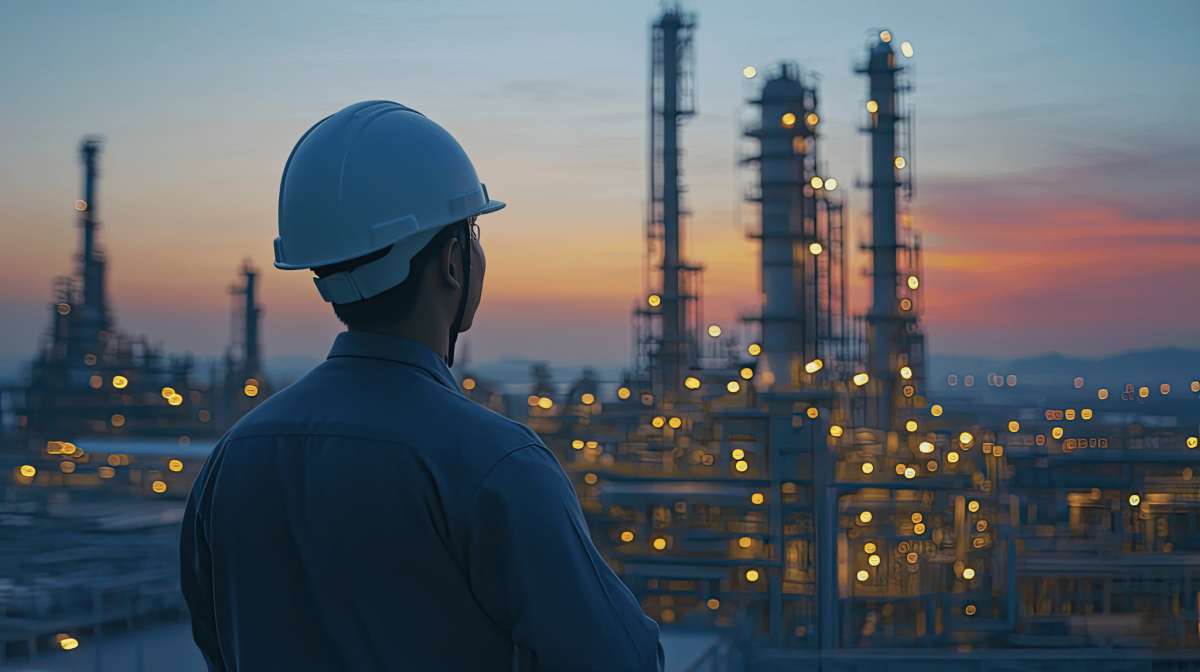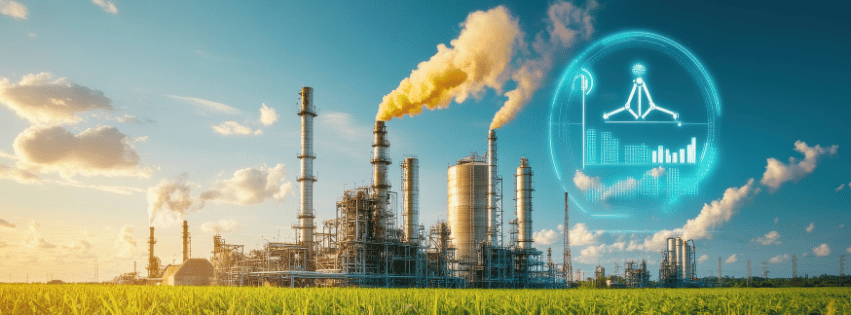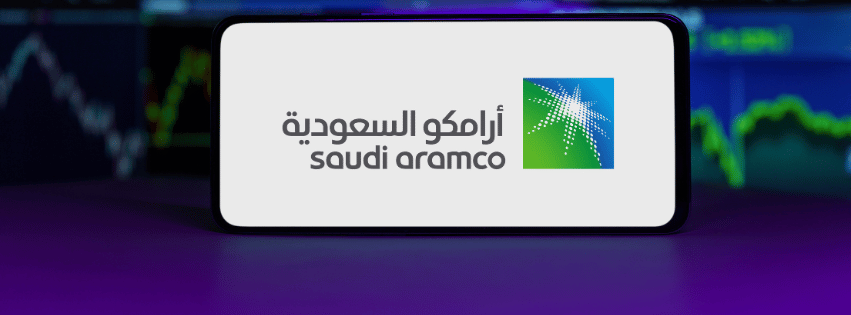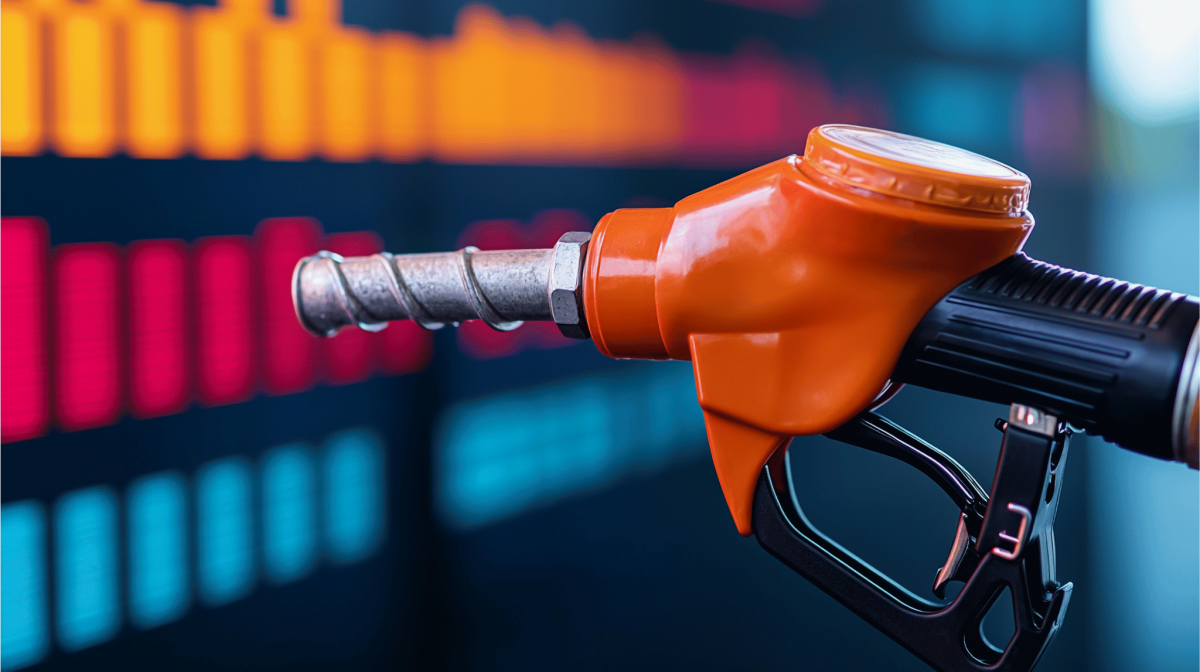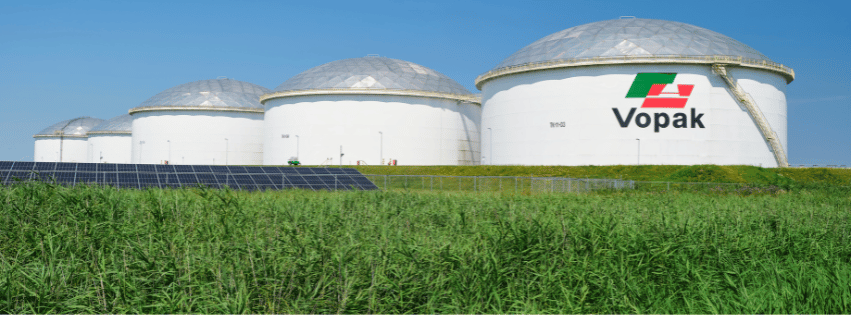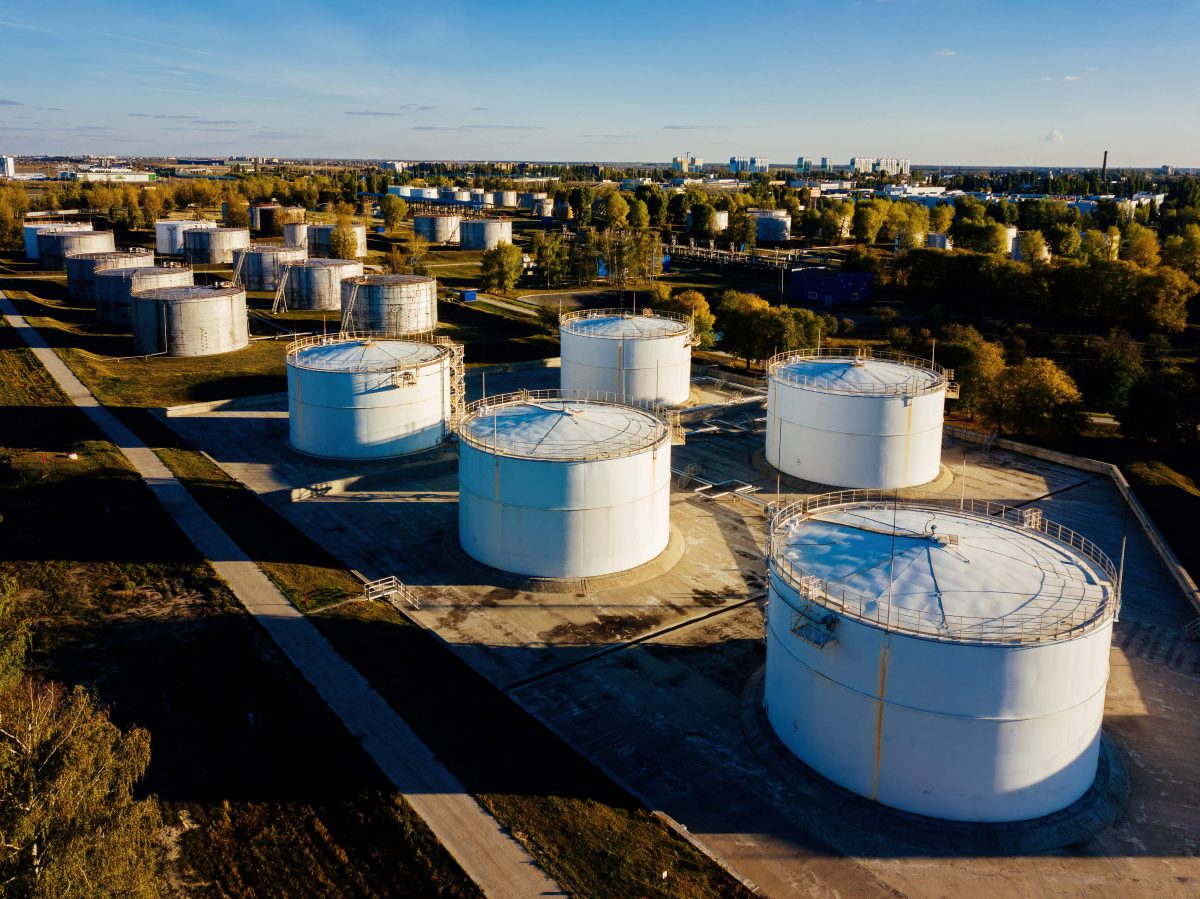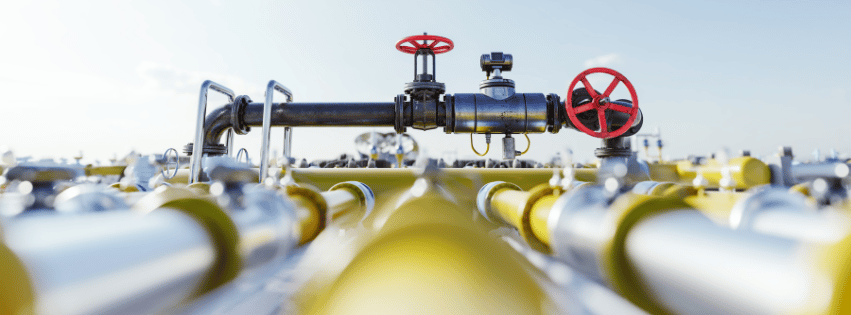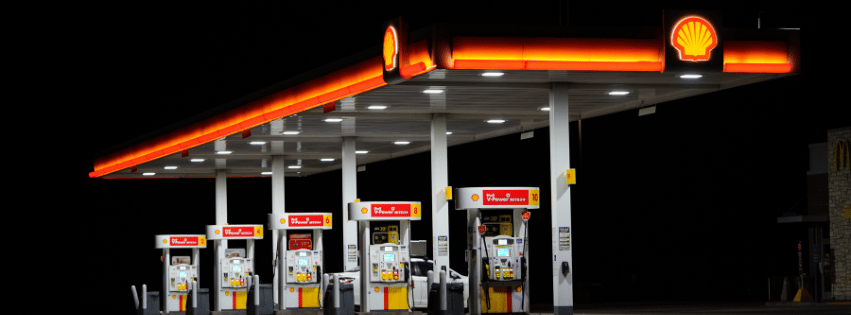Europe’s natural gas prices have declined in recent weeks after hitting a two-year high in February, easing concerns about the price Europe will have to pay this summer to prepare for the next winter.
Dutch TTF Natural Gas Futures, the benchmark for Europe’s gas trading, hit a two-year high in the middle of February amid the first proper winter with prolonged periods of cold snaps since the 2022 energy crisis.
Prices have retreated since mid-February as the heating season and winter are coming to an end, and solar and wind power generation is picking up to regain some share of the European power generation mix, following prolonged periods of wind speed lulls and little sunshine in Europe during the winter.
The recent decline in natural gas prices in Europe could also offer some relief to power prices, which have remained high this winter on the back of the high natural gas price.
Europe’s energy-intensive industry, however, continues to suffer from the high energy prices and calls for additional measures to address the high energy costs, which put the European industry at a disadvantage.
The first proper winter in Europe, with prolonged periods of cold snaps since the 2022 energy crisis, depleted the EU stockpiles of natural gas.
As a result, European prices rallied by mid-February, and concerns emerged about the need for much more additional LNG supply to make its way to Europe to help with the storage refill before the next winter begins.
But prices have eased over the past few weeks, as talks began on a potential Russia-Ukraine ceasefire and as the winter in the northern hemisphere is coming to an end. The EU leaders are also discussing making the EU targets for gas storage refill by November 1 more flexible, which could ease some of the concerns about the pace of refills from April onwards.
A group of EU member states, including the biggest economies Germany and France, are reportedly arguing that to avoid price spikes and market speculation, the bloc should allow more flexibility in its currently binding 90% full-storage target by November 1 each year.
In the wake of the 2022 Russian invasion of Ukraine and the halt to Russian pipeline gas supply to most EU countries, the European Commission adopted a target for EU natural gas storage levels to be 90% full by November 1 of each year.
However, this rigid November 1 target has created problems for many market players. Policymakers in countries including Germany, Italy, and the Netherlands are concerned that the current high forward gas prices for the summer months would make it unprofitable for gas companies and marketers to store gas.
With EU storage depleted at the fastest pace in seven years after a cold winter, the summer refill season presents several challenges in availability, prices, and the money that Europe will have to spend on additional LNG.
At a meeting last week, some EU energy ministers “mentioned the need for flexibility as regards the proposed gas storage regulation, which is currently being discussed, as well as for a rigorous impact assessment of the rules,” the EU said.
Despite the possible easing of the refill targets, the gas market will remain tight in the coming months, Moutaz Altaghlibi, senior energy economist at ABN AMRO Bank, said last week.
Geopolitics, including U.S. tariff and trade policy and the Russia-Ukraine peace talks, will continue to be the main driver of volatility, ABN AMRO reckons.
“At the same time, the market will be watchful of the speed of storage refill, while it remains responsive to factors affecting demand in Europe or key LNG competitors in Asia, such as adverse weather conditions, along with any supply disruptions from key suppliers such Norway or the US,” Altaghlibi noted.
The first proper winter in Europe, with prolonged periods of cold snaps since the 2022 energy crisis, depleted the EU stockpiles of natural gas.
As a result, European prices rallied by mid-February, and concerns emerged about the need for much more additional LNG supply to make its way to Europe to help with the storage refill before the next winter begins.
But prices have eased over the past few weeks, as talks began on a potential Russia-Ukraine ceasefire and as the winter in the northern hemisphere is coming to an end. The EU leaders are also discussing making the EU targets for gas storage refill by November 1 more flexible, which could ease some of the concerns about the pace of refills from April onwards.
A group of EU member states, including the biggest economies Germany and France, are reportedly arguing that to avoid price spikes and market speculation, the bloc should allow more flexibility in its currently binding 90% full-storage target by November 1 each year. }
In the wake of the 2022 Russian invasion of Ukraine and the halt to Russian pipeline gas supply to most EU countries, the European Commission adopted a target for EU natural gas storage levels to be 90% full by November 1 of each year.
However, this rigid November 1 target has created problems for many market players. Policymakers in countries including Germany, Italy, and the Netherlands are concerned that the current high forward gas prices for the summer months would make it unprofitable for gas companies and marketers to store gas.
With EU storage depleted at the fastest pace in seven years after a cold winter, the summer refill season presents several challenges in availability, prices, and the money that Europe will have to spend on additional LNG.
At a meeting last week, some EU energy ministers “mentioned the need for flexibility as regards the proposed gas storage regulation, which is currently being discussed, as well as for a rigorous impact assessment of the rules,” the EU said.
Despite the possible easing of the refill targets, the gas market will remain tight in the coming months, Moutaz Altaghlibi, senior energy economist at ABN AMRO Bank, said last week.
By Tsvetana Paraskova – Mar 24, 2025.


